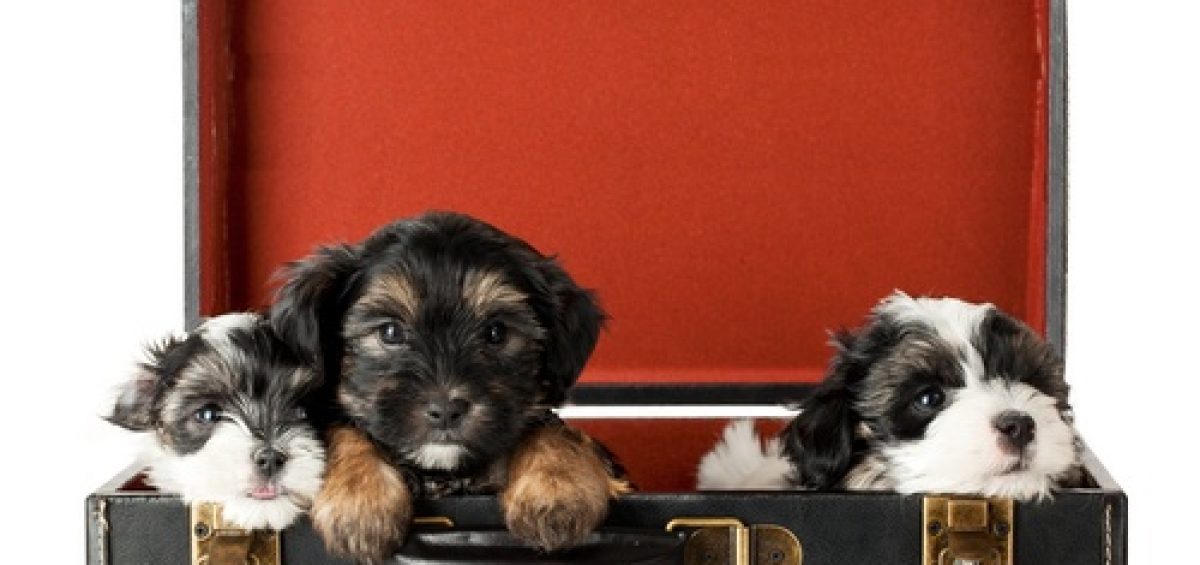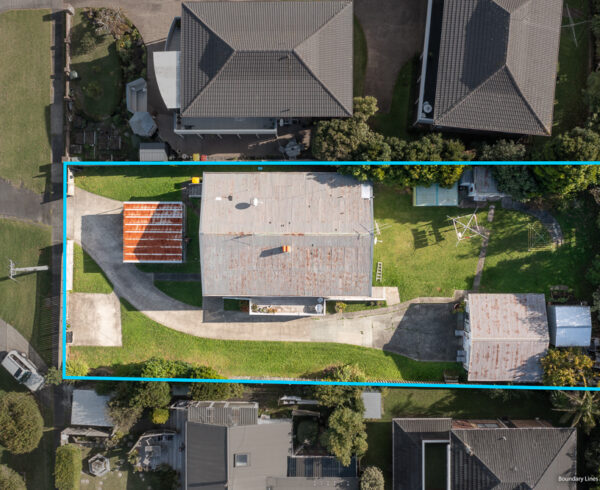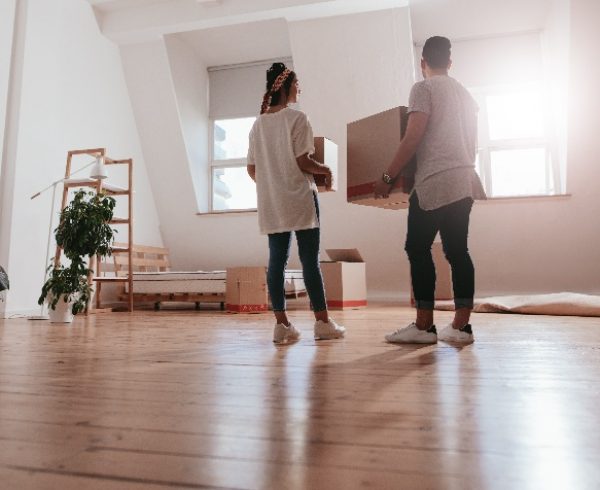Keeping the four-legged family members happy is an important part of any successful moving day. And with attention to a few small details your pets can be safely and happily transported to your new home.
Pet care starts with open homes
Good pet care around moving house doesn’t just start once you’ve signed on the dotted line. It’s a good idea to consider your cats and dogs as soon as you list your home for selling. Keeping your property open-home ready obviously involves your pets as you need to ensure is free of animal related mess. If you have a dog try and make time to give them extra walks and park visits so they’re less inclined to be destructive around the house, upsetting your best laid open home plans.
Always make sure your dog is away from the property during open homes as even small, friendly dogs can make some visitors anxious. And having loads of strangers traipse through their territory can be very stressful for dogs and cats.
When it comes to cats, they’ll most likely have a secret spot they will sidle off to during the rush of open homes, but if you have a particularly scared cat you could consider placing them in a cattery for a day. More realistic is to just ensure they have a safe place to hide out and they have plenty of food and water in a discreet place outside. And make sure you call them and try for lots of reassuring cuddles when the open home is after.
Moving day
Try and keep pets away from the hustle and bustle of packing as they do pick up on any unsettled vibes and may decide to hide out where you can’t find them till the fuss is over. If possible consider moving cats and dogs into a boarding facility for a day or two while you get the last packing and loading done, then collect them on the way to the new property.
Talk to your vet about how best to calmly transport your pets between your old home and new. Depending on the distance you’re travelling and the age or disposition of your pet they may recommend some sedation to ease the stress.
Once you arrive at your new home it might be tempting to set your pet free from its cage to explore, but in fact new spaces can be overwhelming for animals. Set aside a room for your pet that they can stay in as they acclimatise to their new environment. Just keep in mind that if your pets don’t get along now is not necessarily the time to lock them in a room together!
Make sure they have somewhere secure to sleep, like a familiar blanket or cushion in a box or on a familiar chair as well as plenty of food and water – and, for cats, a litter box. Make sure you visit them often for reassuring cuddles and to make sure they’re eating, drinking and using the litter box, but if they’re reluctant to come out from under that bed don’t force them. They’ll gradually come around once they get used to their new surroundings.
Take dogs outside for toilet breaks accompanied by you, on a leash if necessary as they get used to the ne reality.
Although it might seem a logical thing to do, moving house is also not the time to do a big wash of your pets’ blankets or bedding. The familiar smell of a favourite blanket will be a big sign to them that your new house is their home now.
Use your pets behaviour as a guide to when they’re ready to explore more further afield. If they still run and hide whenever someone comes into their room, they’re not ready. But if they’re friendly and relaxed then you can start to expand their access to the rest of the house. With cats you can gradually move their litter box further afield until it’s outside.
If it’s possible locate your pets feeding and sleeping spots in areas similar to your previous home.
As they venture outside for the first time let them explore at their own place with you nearby. In the end you will be the most familiar thing that lets your pet know this is now home so spend some time with them!







Recent Comments